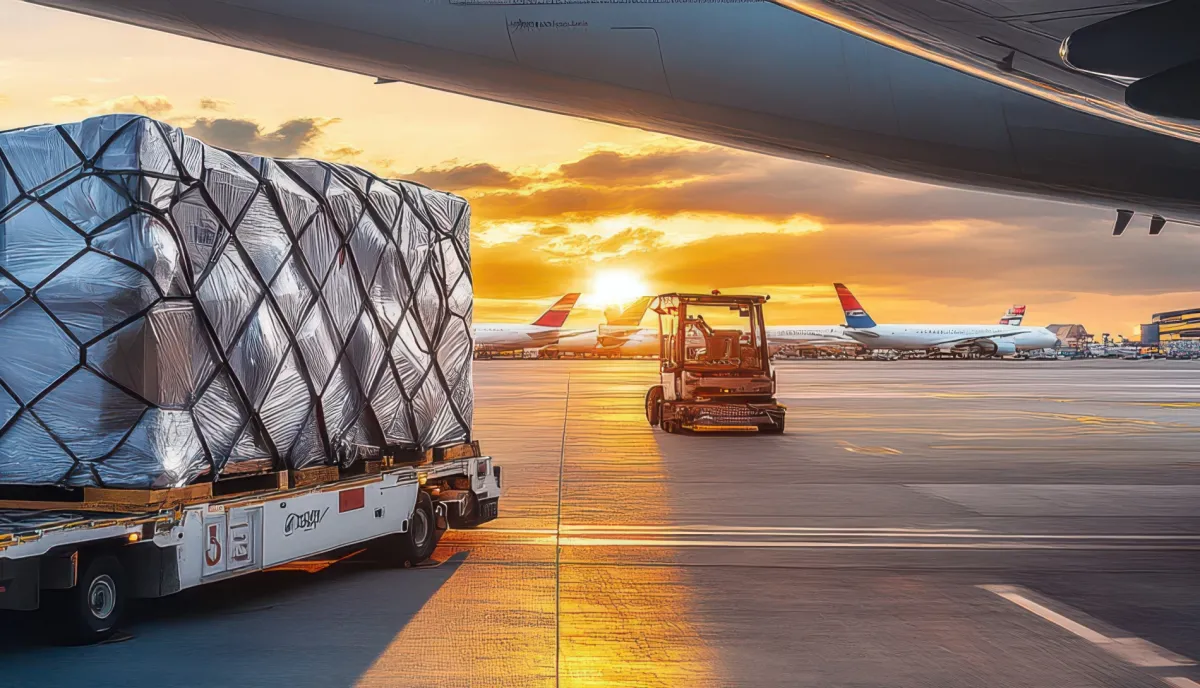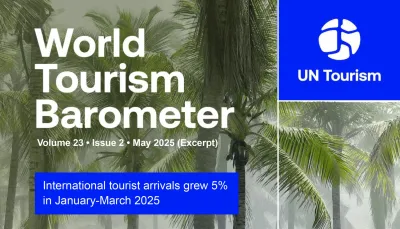Sustainable Aviation
Airport Automation
Advanced Data Analytics
Aviation VR and AR
ChatGPT for Airlines
Air Travel Innovation 2025
How Can Technology Improve Airport Operations? 2025 and beyond…

Sustainable Aviation
Airport Automation
Advanced Data Analytics
Aviation VR and AR
ChatGPT for Airlines
Air Travel Innovation 2025
As we move into 2025, here are 5 key technological possibilities that await airport and airline pioneers that choose to expand their innovation horizons…
1. AI to Revolutionize Customer Experience and Enhance Industry Functions
Since its launch in late 2021, ChatGPT has been steadily gaining popularity, with many discovering new and innovative ways to use the language model. However, the true watershed moment came when airlines announced that they would use GPT4 to improve their customer experience – where the use of this language model will not be “gimmicky,” but rather it will be implemented to genuinely enhance an airline’s functions. Several industry heavyweights, such as American payment processing platform Stripe and Morgan Stanley, have already announced their intention to use GPT4. With so many companies investing in this technology, there is a clear hint that the language model will be the future of many industries including airports. Air travellers will soon have the ability to create personalized itineraries without the stress and hassle that typically accompanies this task. Airports have a current weakness in dealing with data that is not entirely up-to-date and that does not take into account geolocation. ChatGPT could change all of that and revolutionize the industry by solving one of the major issues that airports worldwide have been attempting to resolve – better use of AI chatbots.
2. Unmanned and Sustainable Aviation
Innovation in the airline industry also extends to the area of unmanned and sustainable aviation. In 2021, the public became aware of Advanced Air Mobility (AAM) and record-level of investments have been made, and numerous AAM companies went public. And as we transition into 2025, the focus of AAM funding will mainly shift to unmanned AAM and sustainable aviation. To accelerate the manufacturing of futuristic AAM, a new supply chain will emerge, emphasizing quality assurance, certifications and catering to low volumes. As Advanced Air Mobility nears commercial production, there will be a growing interest in optimizing infrastructure, training, and maintenance to ensure a seamless transition for AAM clients and the industry as a whole.
3. Autonomous Systems in Airport Operations
Airports serve as ideal grounds for testing the latest innovations, and, the focus presently is with Advanced autonomous systems (AAS); particularly with the introduction of self-driving vehicles, where AI-powered object detection enables full driving automation, eliminating the need for active physical control or real-time monitoring. AAS can effectively address numerous airports use cases. Nevertheless, airport executives may encounter challenges in comprehending the legal and regulatory requirements of AAS and assessing their suitability for complex use cases in both airport-controlled and non-airport-controlled deployments. Investing in advanced autonomous systems as early adopters can give airport operators a competitive advantage, even though these systems are still in early development.
4. Advanced-Data Analytics and Location Intelligence
Airport innovation ideas will rely heavily on data and technology to inform decision-making processes. Despite the abundance of data available, existing methods of managing the vast amounts of information often fall short in identifying and resolving issues, resulting in unreliable estimates that fail to mitigate the costs of delays that ripple throughout the system. However, this is set to change in 2025 and beyond. While data can provide valuable insights into passenger traffic, flight schedules, taxi times, airport capacity, operational behaviour, and the impact of weather, it alone is insufficient for providing a comprehensive view that facilitates timely interventions. As such, predictive analytics are necessary for enhanced decision-making. This particular challenge can be addressed effectively through the application of advanced technologies – through real-time analysis of people and assets to enhance situational awareness, gain insights into traffic patterns and optimize arrivals and departures.
5. Virtual and Augmented Reality
The augmented (AR) and virtual reality (VR) market in aviation is expected to grow significantly and have a range of applications for the sector, including training, maintenance and identifying potential dangers. These technologies provide an immersive and interactive approach that connects the aviation ecosystem to improve the efficiency of various tasks, leading to smoother operations and cost savings. The use of XR and Metaverse in aviation offers opportunities for enhanced customer experience, cost-effectiveness and a safer environment for learning and maintenance. As a result, airlines are expected to rapidly adopt these solutions to revamp the experience on air and land. Moreover, virtual reality and augmented reality are not merely trendy terms for amplifying the training effectiveness of personnel and staff, but they also hold immense potential in providing unparalleled in-flight entertainment and showcasing the benefits of upgrades and premium travel experiences.
Conclusion
One of the most significant challenges encountered in air travel pertains to the aging infrastructure and the ceaseless struggle to keep pace with the escalating passenger count. Every year, queues lengthen, flights get overbooked and airport floorspace surpasses its capacity, thereby placing an excessive strain on infrastructure and exceeding sustainable standards for passengers, investors, and stakeholders alike. So, to address such a challenge, airports and airlines have collaboratively invested in enhancing their terminals to cater to future demands, but this modernization drive will have a disruptive effect on passengers as they will have to endure the chaos caused by ongoing construction activities.
In moving forward, emerging technologies and artificial intelligence will collectively facilitate sustainable airport operations; thus, improving revenue opportunities, operational performance, and passenger experiences. In this context, those businesses that have already committed themselves to support airports’ modernization programmes will show their worth – Smart robots, autonomous systems and analytics will enhance the passenger experience by streamlining security screening, baggage handling and floor management. Airports will rely heavily on data and technology to inform decision-making processes and advanced technology will use real-time location intelligence to enhance situational awareness. And, furthermore, ChatGPT will revolutionize the customer experience by creating personalized itineraries for air travellers without any stress or hassle.



